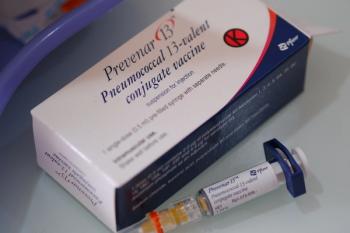
Multipronged Approach Improves Asthma Outcomes in Children
An investigation examines whether an intervention including both school and home components improves asthma outcomes.
Asthma is a fairly common disease in childhood and previous research has shown that Black children with asthma have worse morbidity and mortality than their non-minority peers with the disease. A number of the children who are at risk of poorer outcomes participate in Head Start programs. An
Researchers run a randomized clinical trial that included children with asthma who were enrolled in a Head Start program in Baltimore, Maryland. The children and their primary caregivers were recruited between April 2011 and November 2016. The intervention used was the Asthma Basic Care (ABC) family education combined with Head Start asthma education and was compared with Head Start asthma education alone. They measured asthma control via the Test for Respiratory and Asthma Control in Kids (TRACK) score.
A total of 398 children were included in the research, with 247 boys and an average age of 4.2 years. The investigators found that the children who were enrolled in the ABC plus Head Start program had reduced courses of oral corticosteroids corticosteroids (β = −0.61; 95% CI, −1.13 to −0.09; P = .02), improved asthma control (β = 6.26; 95% CI, 1.77 to 10.75; P < .001), as well as a reduction in hospitalizations (odds ratio, 0.36; 95% CI, 0.21-0.61; P < .001) during the course of a 12-month period.
Read the full article on
Newsletter
Pharmacy practice is always changing. Stay ahead of the curve with the Drug Topics newsletter and get the latest drug information, industry trends, and patient care tips.





























































































































